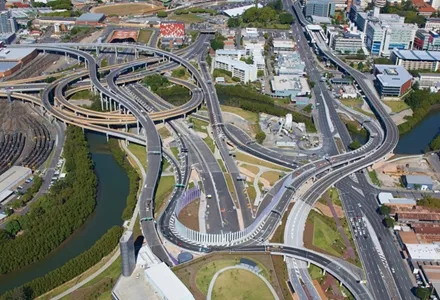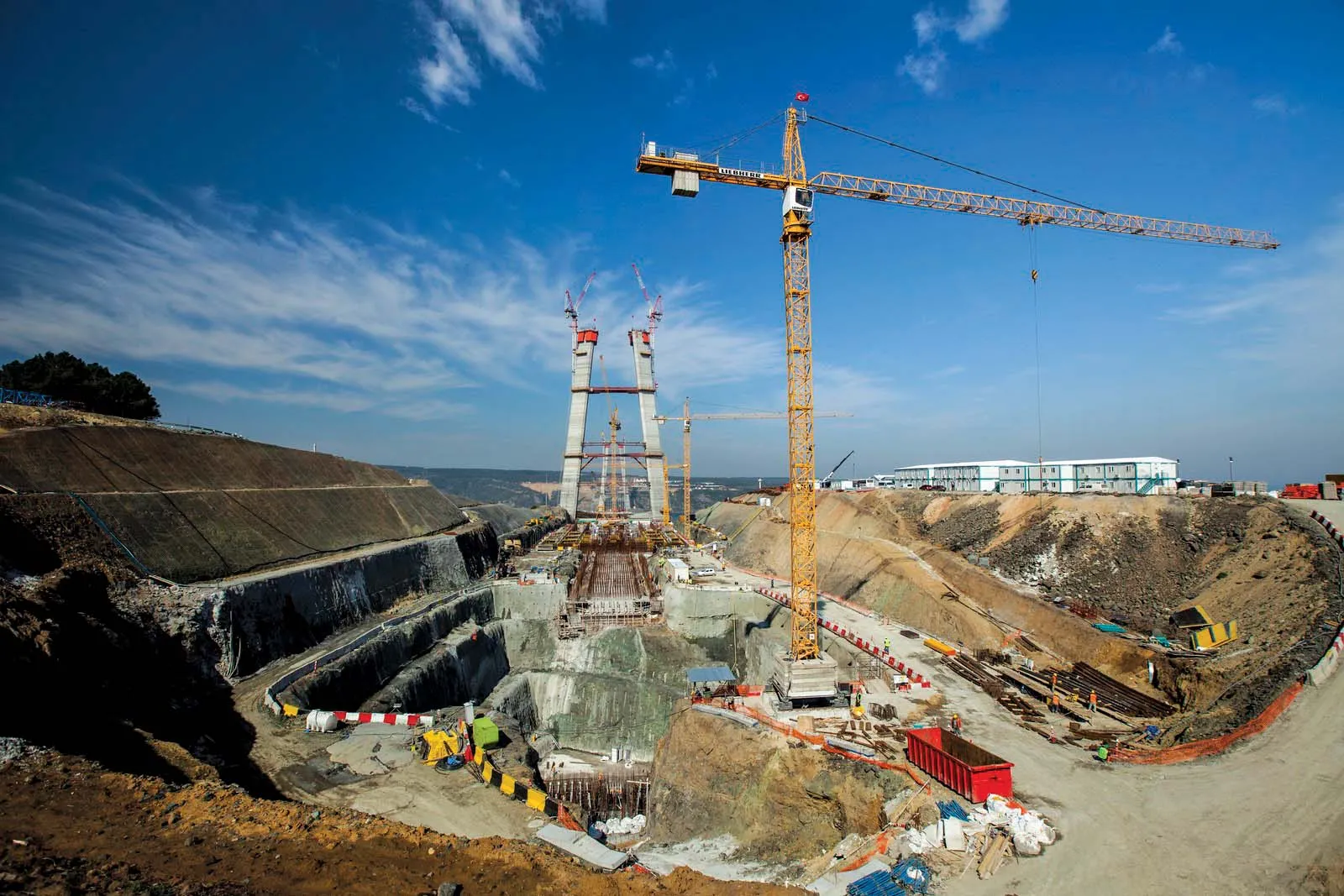Australia’s largest and most complex transport infrastructure project in the city of Brisbane has been officially opened to traffic. The first vehicles have now used the Airport Link, Northern Busway (Windsor to Kedron) and Airport Roundabout Upgrade projects, which together form an extensive US$5.85 billion transport project.
The project in Australia’s third most populous city in the state of Queensland comprises a toll road and dedicated busway route, together involving almost 12km of tunnels (described
November 29, 2012
Read time: 4 mins

Australia’s largest and most complex transport infrastructure project in the city of Brisbane has been officially opened to traffic.
The first vehicles have now used the Airport Link, Northern Busway (Windsor to Kedron) and Airport Roundabout Upgrade projects, which together form an extensive US$5.85 billion transport project.The project in Australia’s third most populous city in the state of Queensland comprises a toll road and dedicated busway route, together involving almost 12km of tunnels (described as the safest in the world); 25 connection bridges (the tallest is 25m high and the longest is 684m), and a major upgrade of the existing motorway interchange.
The final major project milestone occurred when traffic was directed into the tunnels, one of which is the largest road cavern in the world at 28m wide (equivalent to a nine-storey building on its side). Tunnel work involved 17 roadheaders operating concurrently in the mined tunnel section and two of the largest TBMs (tunnel boring machines) ever used in Australia at 12.48m diameter and 195m long, each costing US$47 million.
Characterised by its sheer size, extreme complexity and world-class innovative design, the Airportlink M7 project as it is known, provides a vital transport solution for the demands of Brisbane’s burgeoning population, and links the city’s northern suburbs and two of south-east Queensland’s most important economic centres, the airport and the city.
On completion of the project, the Northern Busway and Airport Roundabout Upgrade were handed over to the Queensland government, and BrisConnections will operate and maintain the Airportlink toll road for a 45-year concession period.
“Every way you look at it, Airportlink is a remarkable infrastructure project and a tremendous achievement,” said Thiess managing director Bruce Munro, who was on hand to wave the first cars through.
Luke vanHeuzen, major projects executive with Parsons Brinckerhoff, and PBA JV project director, led the team from Parsons Brinckerhoff and Arup and 25 local and international sub-consultants.
“This project is a model of what can be achieved through effective teamwork.
“The close working relationship that developed between the PBA JV and Thiess John Holland (TJH) team helped to successfully deliver this complex piece of infrastructure in a constrained brownfields location in under four years of construction effort,” said vanHeuzen.
“The technical excellence displayed on the project extended from the innovation shown in the tender design through to the ground-breaking detailed design and the coordination of the construction works. I am extremely proud of the combined efforts of every person in the PBA JV team, and of their efforts in support of our construction delivery partners TJH.”
The PBA JV team represents the largest single project team raised by Parsons Brinckerhoff and Arup combined for a project in Australia.
While Airportlink is known as a tunnel, the project is as much, if not more, a project of major structures: complex ones at that.
The 25 concrete and steel bridges had to be built or upgraded, and this included partial demolition and realignment of several recently completed Clem 7 connecting bridges and construction of the 750m long Airport Roundabout Upgrade precast segmental bridge. [Clem 7 is a 6.8km tunnel named after a long-serving Brisbane Lord Mayor Clem Jones who oversaw the city’s growth, and it was the first part of the Airportlink M7 to open in 2010].
Almost the entire 7km of new roads on the link was constructed on some form of project-specific structure, either elevated or underground.
An added bonus on the project has been the addition of 13km of new cycle and pathways and 3.5hectares of new parkland.







